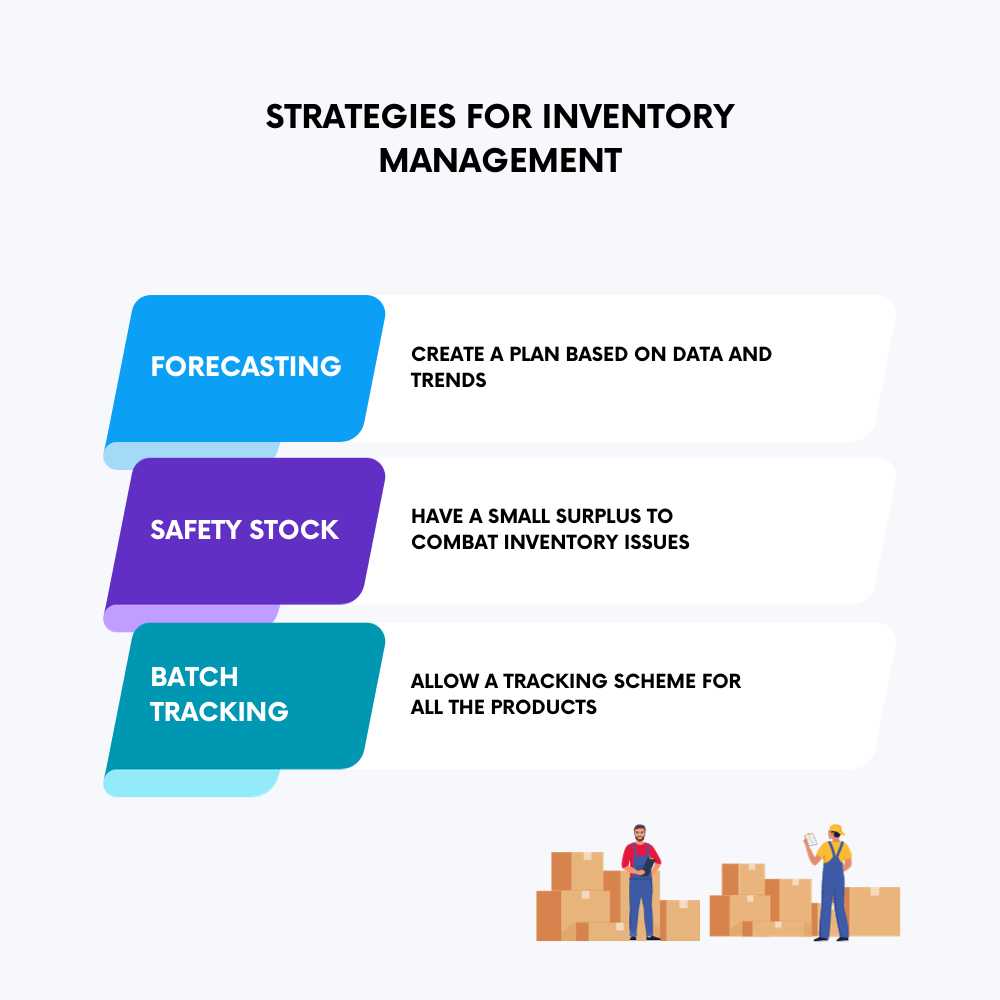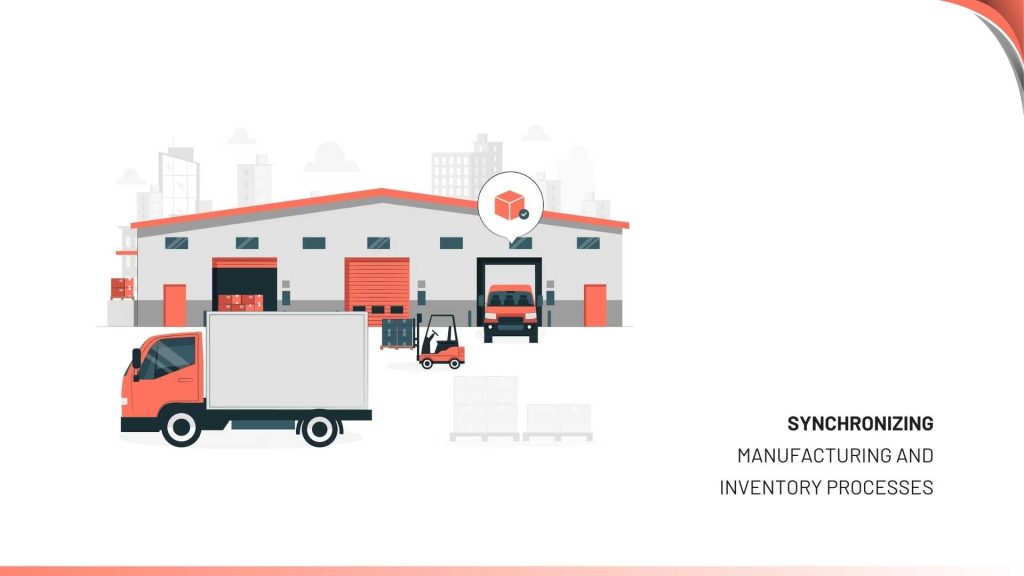In the dynamic landscape of modern business, efficient and streamlined operations are essential for sustained success. One area that significantly impacts a company’s overall performance is the synchronization of manufacturing and inventory processes. This synergy is pivotal in enhancing operational efficiency, reducing costs, and improving customer satisfaction. We will explore the importance of synchronizing manufacturing and inventory processes and the transformative benefits they can bring to businesses.
Minimizing Stock outs and Overstock
One of the primary advantages of synchronized manufacturing and inventory processes is the ability to maintain optimal stock levels. By aligning production schedules with real-time inventory data, businesses can minimize stock outs, ensuring products are consistently available to meet customer demand. Simultaneously, the risk of overstocking is reduced, preventing surplus goods that tie up valuable resources and capital.
Enhanced Forecast Accuracy
Accurate forecasting is crucial for effective inventory management. Synchronizing manufacturing processes with inventory data enables organizations to create more precise demand forecasts. By analyzing historical sales data and current inventory levels in real-time, companies can make informed decisions about production quantities, minimizing the likelihood of excess or insufficient inventory.
Improved Order Fulfillment
Accurate order fulfillment is important to customer satisfaction. When manufacturing and inventory processes are synchronized, companies can fulfill customer orders promptly. It enhances the customer experience, builds a positive brand reputation, and fosters customer loyalty.
Cost Reduction through Efficiency
Synchronization leads to more efficient use of resources, reducing operational costs. By aligning production with demand, businesses can optimize workforce utilization, minimize overtime expenses, and streamline production processes. It results in a leaner operation, reducing overall costs and increasing profitability.
Agile Response to Market Changes
Adapting quickly to market changes is crucial in today’s fast-paced business environment. Synchronized manufacturing and inventory processes provide businesses with greater agility. Whether responding to unexpected increases in demand or adjusting production in anticipation of market trends, a synchronized approach allows companies to be more responsive and stay ahead of the competition.
Streamlined Communication and Collaboration:
Effective communication and collaboration between manufacturing and inventory management teams are essential for success. Synchronization fosters seamless information flow, breaking down silos between departments. This integration allows for better collaboration, enabling teams to work together towards common goals.
Challenges in Inventory Processes
Rising Complexity in Product Variability:
Consumer choices are becoming increasingly diverse, leading to a surge in product variability. Manufacturers must contend with a broader range of SKUs (stock-keeping units) and customized products. This complexity poses challenges in forecasting, production planning, and inventory management. Implementing flexible manufacturing processes and advanced demand forecasting techniques becomes imperative to meet the demand for diverse product options.
Integration of Industry 4.0 Technologies:
The dawn of Industry 4.0 technologies, such as the IoT, AI, and advanced data analytics, presents both opportunities and challenges in manufacturing and inventory processes. While these technologies offer enhanced automation, real-time data insights, and predictive analytics, their successful integration requires substantial investments, skilled workforce training, and the development of robust cybersecurity measures.

Facts about inventory management
Cost Implications:
Effective inventory management directly impacts a company’s financial health. Inflated inventory ties up capital, including storage, insurance, and depreciation. On the other hand, inadequate inventory can lead to stock outs, affecting sales and customer fulfillment. Striking the right balance through accurate forecasting and demand planning is crucial for optimizing costs and maximizing profitability.
Role in Customer Satisfaction:
Inventory control plays a key role in assuring customer fulfillment. Maintaining optimal stock levels prevents stock outs, enabling timely order fulfillment and delivery. This reliability in service enhances customer trust and loyalty. Additionally, well-managed inventory processes contribute to accurate order processing, reducing the likelihood of errors and improving overall customer experience. Therefore, effective inventory management is a key driver of customer satisfaction.
conclusion
Acumatica’s comprehensive suite of features empowers businesses with real-time visibility, accurate forecasting, and efficient inventory processes. The platform’s flexibility and scalability ensure adaptability to changing market dynamics, while its integration capabilities facilitate seamless communication between manufacturing and inventory functions. With Acumatica ERP, companies can enhance their operational efficiency, reduce costs, and respond with agility to the complexities of modern business while positioning themselves for sustained growth and success.

Vijay comes with a vast experience in ERP and enterprise solutions space with about 20 years of experience in various packaged application like Acumatica, SAP, Orion, Salesforce.com, SugarCRM and, SalesLogix.

